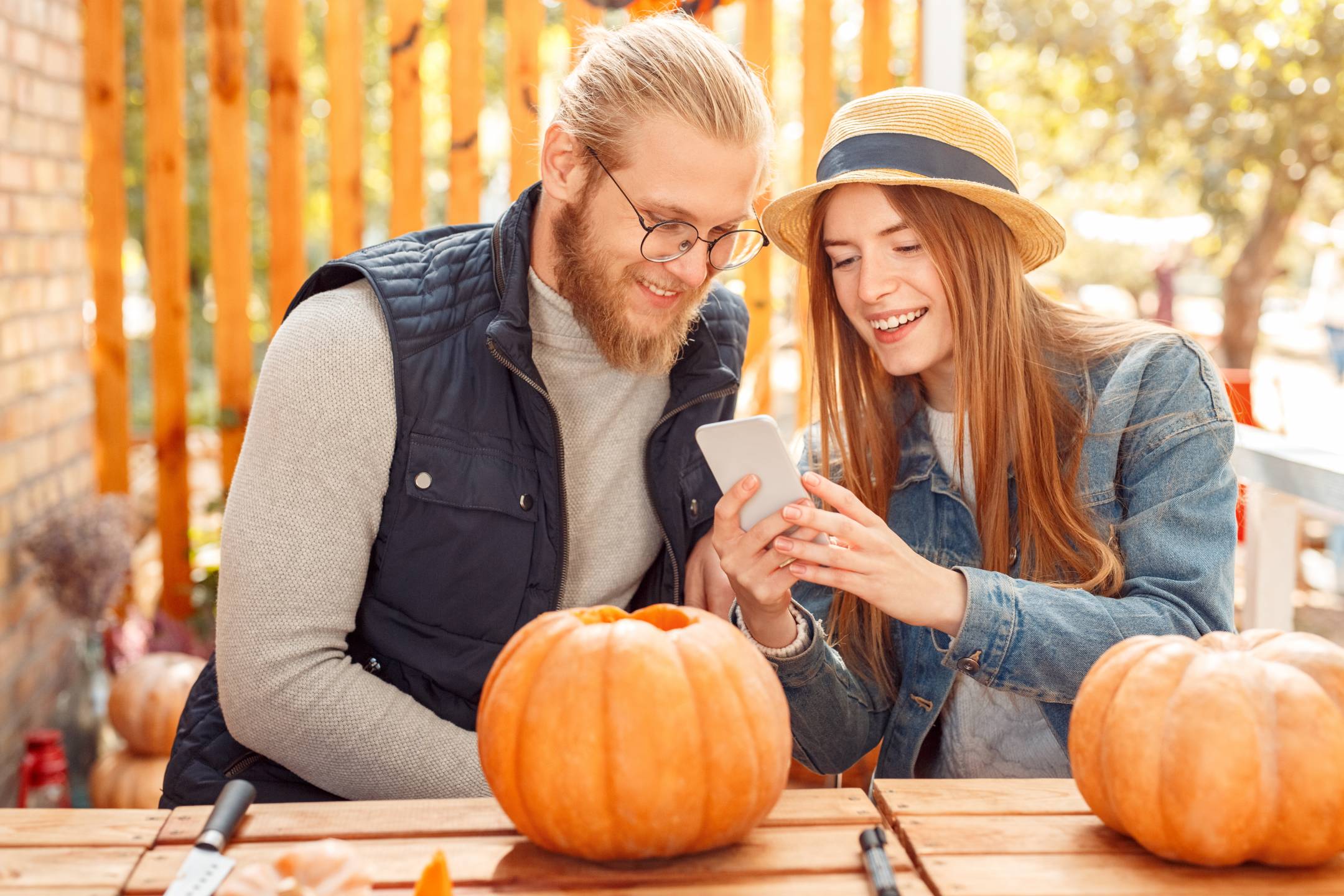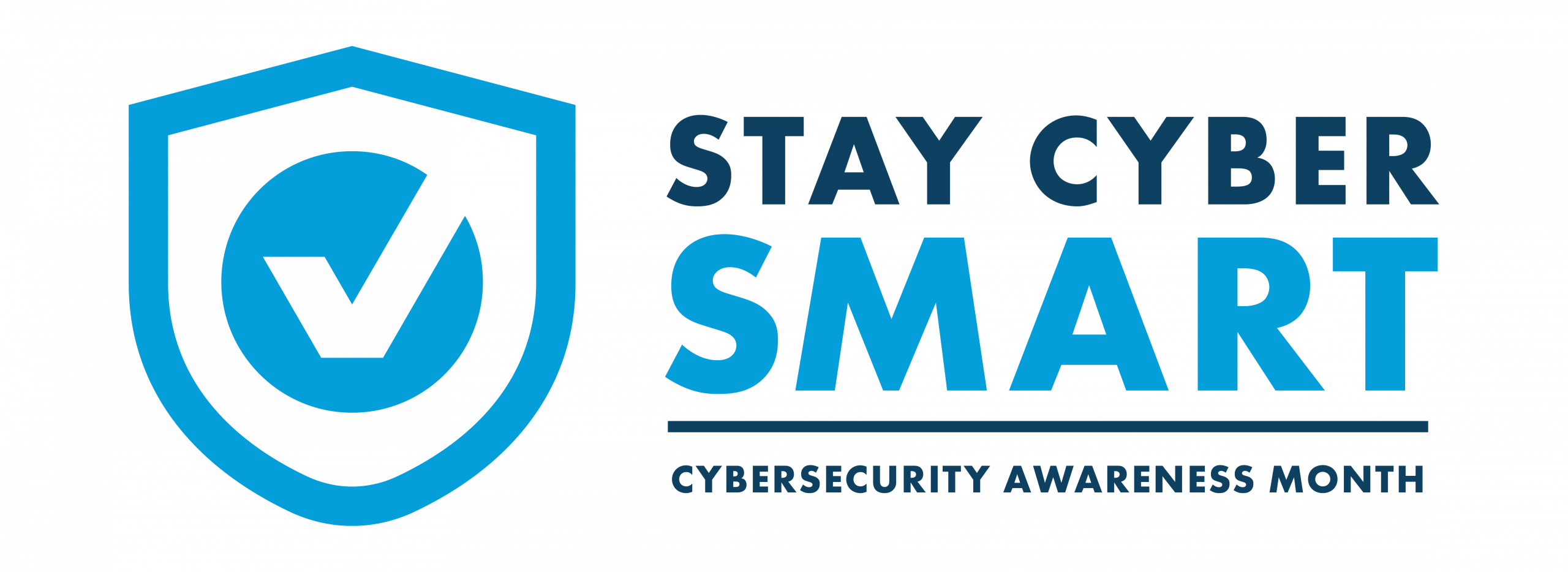Be a Cut Above the Rest With Multifactor Authentication

October is such a wonderful time of year. Not only does the aroma of pumpkin spice fill the North Dakota air, but it’s also a great reminder to Stay Cyber SMART! Here’s how:
- Set strong, unique passwords.
- Make multifactor authentication a habit.
- Avoid risky links, attachments, and senders.
- Regularly do software and device updates.
- Take care with personal info.
We’re continuing Cybersecurity Awareness Month with the second step in securing your digital life: making multifactor authentication a habit.
Protecting Your Digital World: The Power of Multifactor Authentication
Whether you’re pre-ordering pumpkins from Fargo, checking email in Bismarck, or logging into your bank account in Minot, one thing’s true: cybercriminals are always lurking—waiting to sneak into accounts with weak or stolen passwords.
But don’t panic—there’s a tool that’s sharper than the knife you use to carve out jack-o’-lanterns. It’s called multifactor authentication (MFA), and it’s one of the easiest, most effective ways to protect yourself online.
What Is MFA & Why Should I Care?
Let’s break it down. MFA is a fancy term for double-checking that you’re really you when logging in. Instead of only entering a password (which could be guessed, stolen, or phished), you also confirm your identity another way.
That additional layer of security might be:
- Something you know—like a password or PIN.
- Something you have—like your phone, an authentication app, or a smart card.
- Something you are—like a fingerprint or face scan.
Think of it like a deadbolt on your digital front door. Even if someone picks the main lock (your password), their chances of getting in without the actual key (your second factor) go down.
You’re Probably Already Using MFA (& That’s a Good Thing)
Believe it or not, you might already be using MFA in your daily life:
- Banking: Before accessing your emergency pumpkin patch savings, you enter your password, then get a code sent to your phone to verify it’s really you.
- Email or Social Media: You log in and get a notification on your device asking, “Is this you?”
- Work Systems: You might swipe a badge and enter a PIN or even use a fingerprint scanner.
That extra “Are you sure it’s you?” step is MFA in action—and it stops most cyber crooks dead in their tracks.
Why MFA Actually Matters
Let’s say you use the same password for your email and your coffee rewards account. (Because that pumpkin spice latte deserves loyalty points, right?) Then the coffee shop’s site gets hacked. Suddenly, your email—and everything it connects to—is wide open.
Enter MFA. Even if a hacker has your password, they still can’t get in without your second factor. That one simple extra step:
- Blocks over 99% of common attacks (according to Microsoft and Google).
- Protects your private info.
- Keeps government services running smoothly—which is especially important here in North Dakota, where strong digital defenses support reliable public service.
Bottom line? MFA protects you, your community, and even your state.
Make MFA a Habit (Like Brushing Your Teeth After Eating Candy Corn)
Making MFA part of your routine is simpler than it sounds:
Turn It on Everywhere You Can
Start with your email, banking, shopping, and social media accounts. If a site offers MFA, enable it!
Use an Authenticator App
Apps like Google Authenticator, Microsoft Authenticator, or Authy generate secure codes on your phone. They’re safer than getting codes via text (which can be hijacked).
Stay Vigilant
If you ever get an MFA notification or code request you didn’t trigger, don’t approve it. That might mean someone has your password. Deny the request and change your password immediately.
The Whipped Cream on Your Pumpkin Pie
Still unsure if MFA is worth it? Here’s the sweet part: enabling it usually takes under five minutes—that’s not even close to how long it takes to bake a pumpkin pie (and it offers way more protection).
By enabling MFA, you’re not just locking the door behind you—you’re installing a security system, motion lights, and a “Beware of Pumpkin Patch Scarecrow” sign.
Final Takeaway: MFA is a Small Step With Massive Impact
Cybersecurity is everyone’s responsibility. Whether you’re a college student in Grand Forks, a retiree in Dickinson, or working for the state in Bismarck, enabling MFA is a powerful way to protect your digital life.
So, this Cybersecurity Awareness Month, we challenge you to pick just one account—your email, your bank, your favorite social media platform, etc.—and turn on MFA. It’s quick, painless, and way more effective than crossing your fingers and hoping no one guesses “Pumpkin123.”
And while you’re roasting pumpkin seeds this fall, carve out some time to protect your digital world, too. Let’s Stay Cyber SMART by keeping North Dakota digitally safe and sound—one login at a time.

